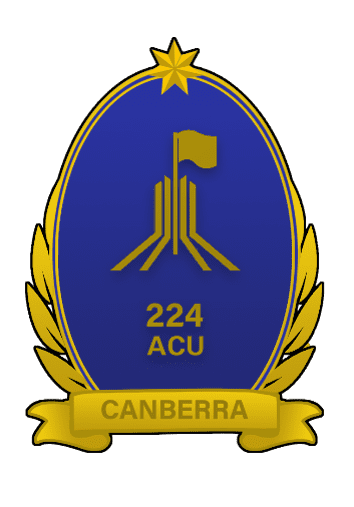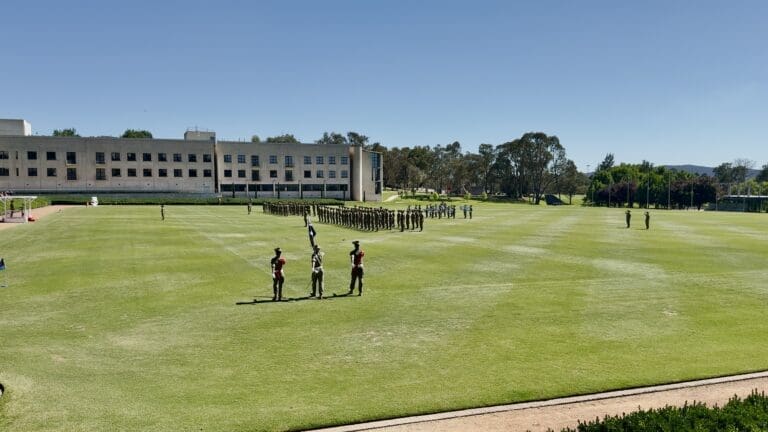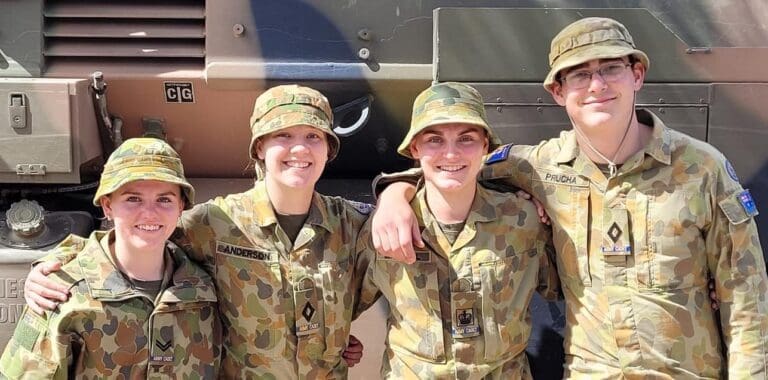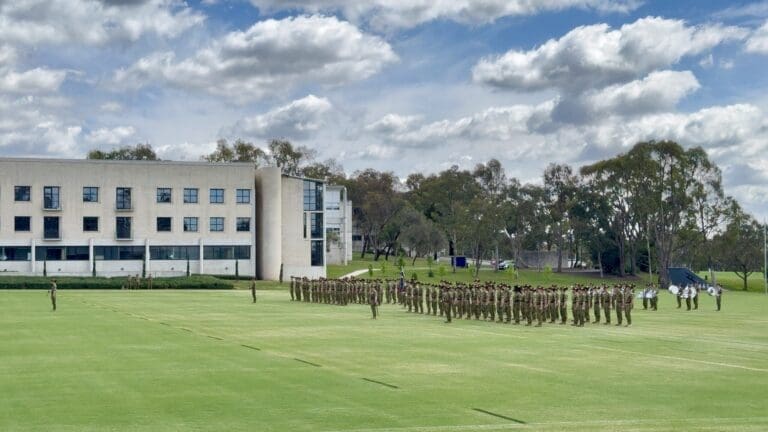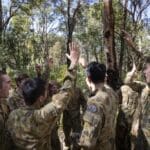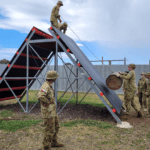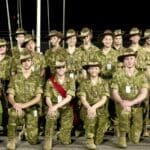224 Army Cadet Unit
Australian Army Cadets | HMAS Harman
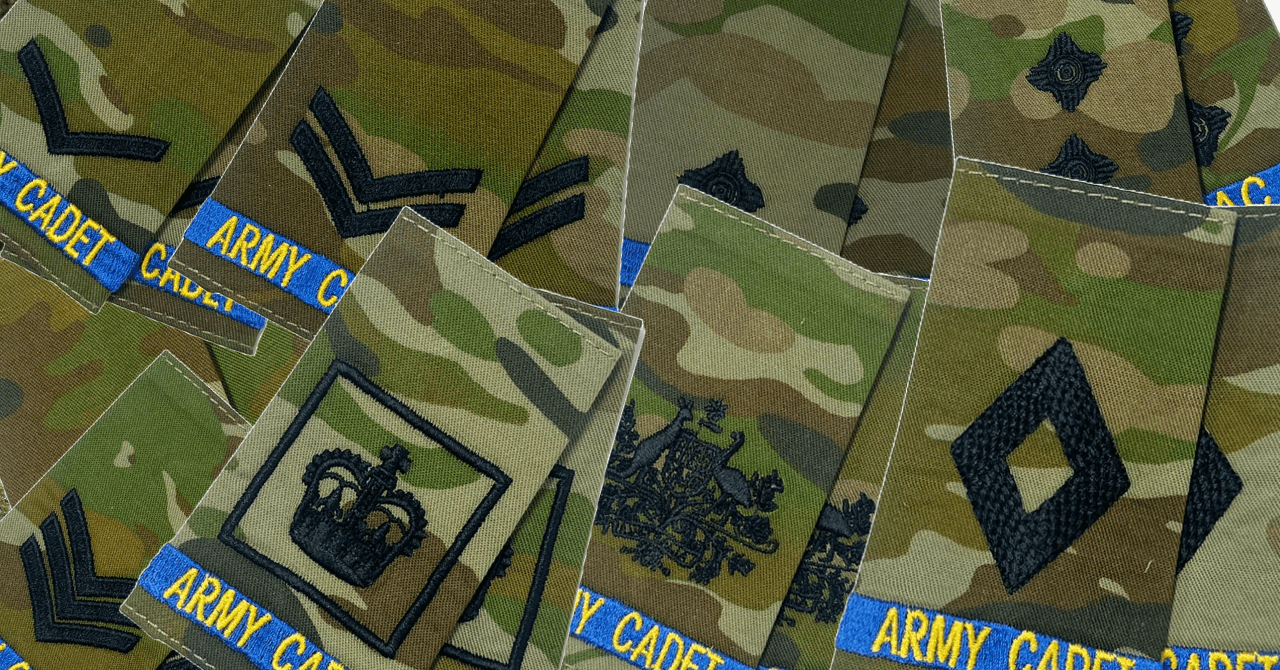
Important Disclaimer: Articles, news posts, and other content made available via this website reflect the individual perspectives of the respective authors. The views expressed are not official comments or the official positions of the Australian Army Cadets, the Australian Army, or the Australian Defence Force.
Understanding the Ranks of the Australian Army Cadets
The Australian Army Cadets (AAC) follow a structured rank system that mirrors the Australian Army. These ranks help establish leadership, discipline, and responsibility, giving cadets a pathway for personal development and progression.
Each rank in the AAC comes with greater expectations and leadership opportunities, ensuring cadets learn teamwork, problem-solving, and communication skills.
The Rank Structure
The AAC rank system is divided into different categories:
- Other Ranks (Cadet Recruits, Cadets, and Cadet Non-Commissioned Officers)
- Junior Non-Commissioned Officers (JNCOs)
- Senior Non-Commissioned Officers (SNCOs)
- Cadet Officers (CUOs)
- Officers of Cadets (Adult Staff Members)
Each level represents a progression of responsibility, from learning the basics as a cadet to leading entire groups of cadets at the highest levels.
Other Ranks
The Australian Army Cadets refer to members who are not Officers as other ranks. These personnel are Cadet Recruits, Cadets, Cadet Non-Commissioned Officers (NCOs), and Cadet Warrant Officers (WOs).
Cadet Recruit
(CDT REC)
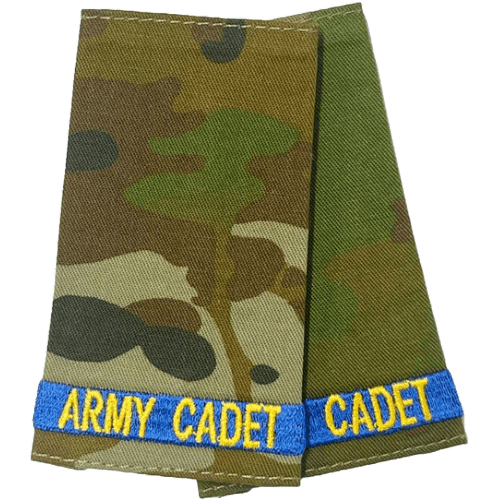
Cadet (CDT)
Junior Non-Commissioned Officer (JNCO) Ranks
JNCOs are the first step into leadership roles within the AAC. They help guide newer cadets and take on small leadership responsibilities within their section.
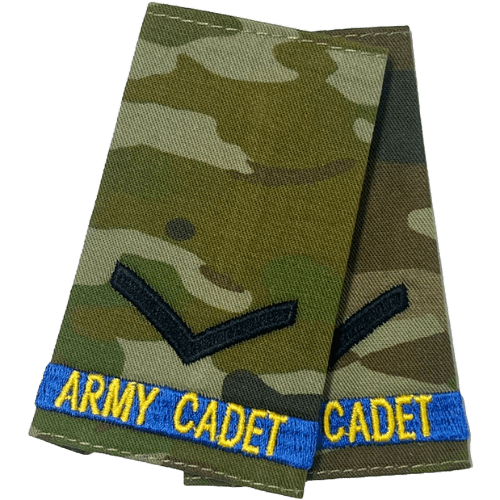
Cadet Lance Corporal (CDTLCPL)
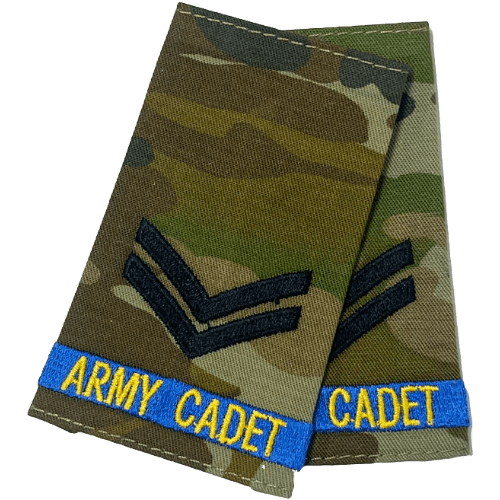
Cadet Corporal (CDTCPL)
Senior Non-Commissioned Officer (SNCO) Ranks:
SNCOs have advanced leadership roles, leading large groups of cadets and assisting officers with unit operations. They are expected to be excellent role models and mentors.
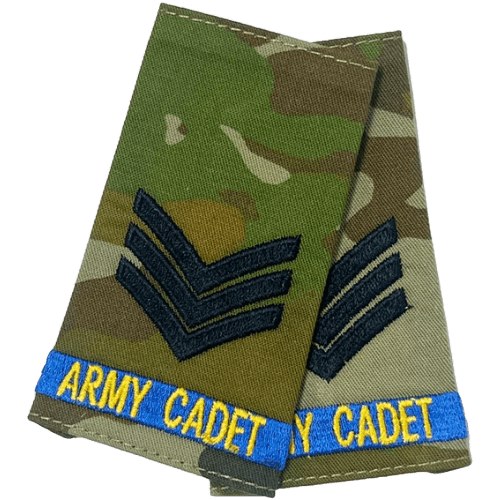
Cadet Sergeant (CDTSGT)
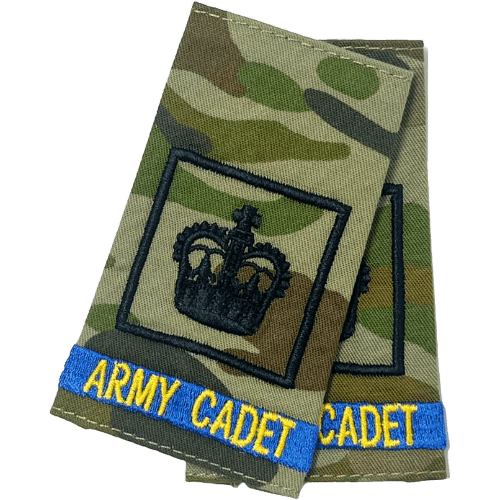
Cadet Warrant Officer Class Two (CDTWO2)
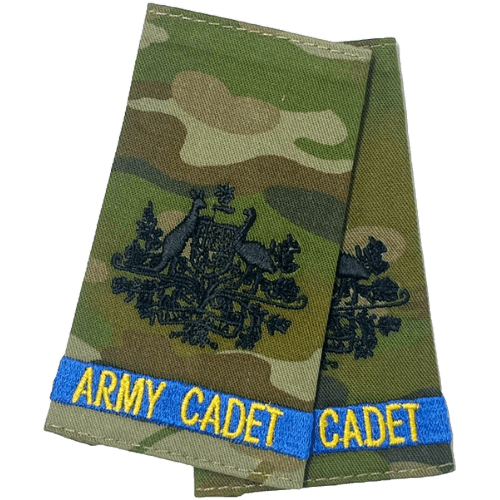
Cadet Warrant Officer Class One (CDTWO1)
Cadet Officer Ranks
The rank of Cadet Under Officer (CUO) is the highest rank that a cadet can achieve. The CUO essentially functions as an officer at the youth participant level, planning and leading activities. As a youth participant, it is essential to note that the CUO does not have supervision or duty of care responsibilities, as these remain the sole responsibility of adult Army Cadet Staff.
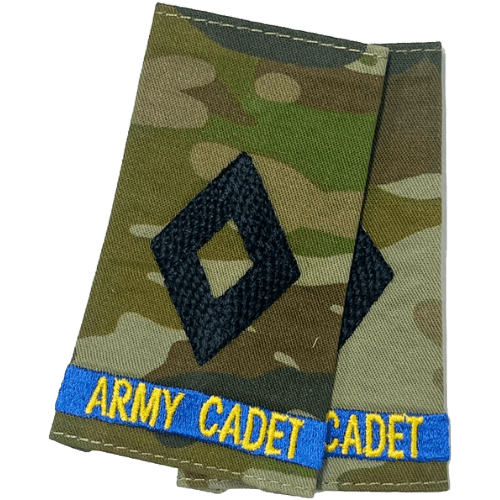
Cadet Under Officer (CUO)
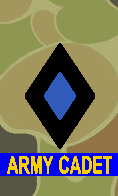
Regional Cadet Under Officer (RCUO)
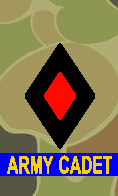
National Cadet Under Officer (NCUO)
Officer of Cadet Ranks
While Officers of Cadets wear commissioned officer rank insignia, they do not hold a formal military commission. Unlike cadets, they are responsible for duty of care, supervision, and training.
Members of the Australian Defence Force (ADF) are not required to salute Officers of Cadets, as they do not hold a commissioned military rank.
Why Ranks Matter
The rank structure in the Australian Army Cadets is more than titles and insignias—it represents a journey of leadership, discipline, and personal development.
- Progression: Ranks give cadets a clear pathway for advancement.
- Leadership Skills: Higher ranks come with more responsibility and leadership opportunities.
- Teamwork: The chain of command teaches teamwork, respect, and communication.
- Life Skills: Cadets gain problem-solving, discipline, and resilience—valuable career skills.
Whether starting as a Cadet Recruit or working your way up to Cadet Under Officer, every rank is an opportunity to grow, learn, and lead.
